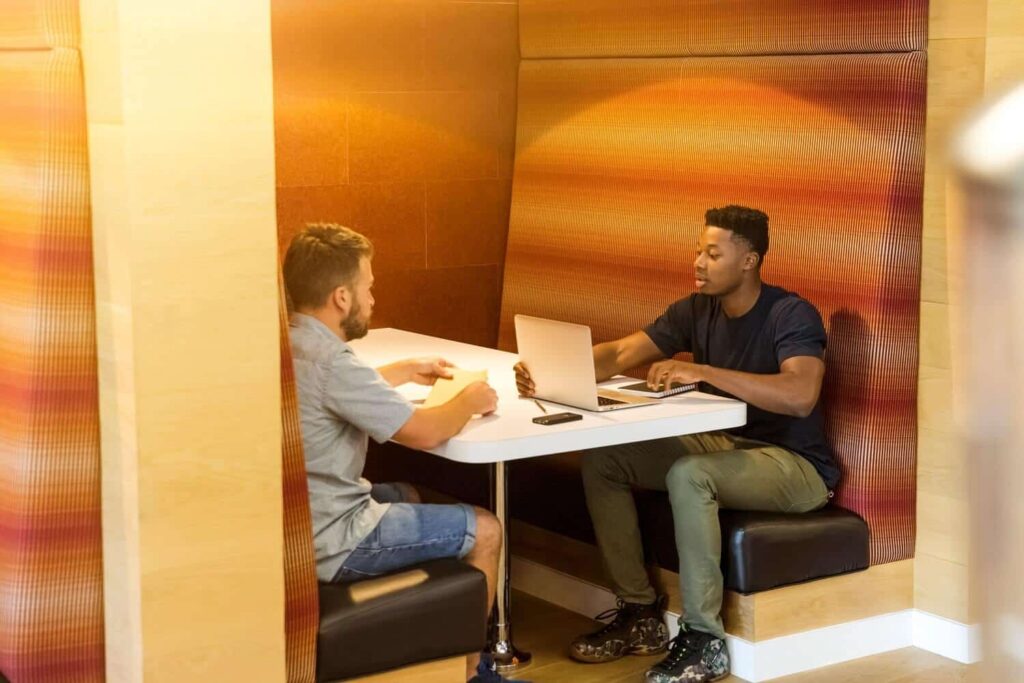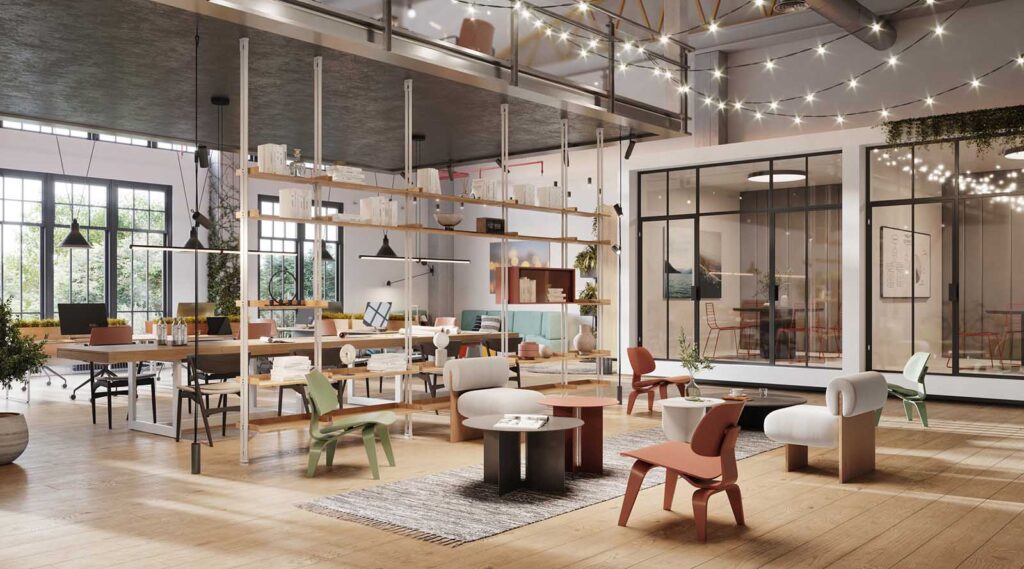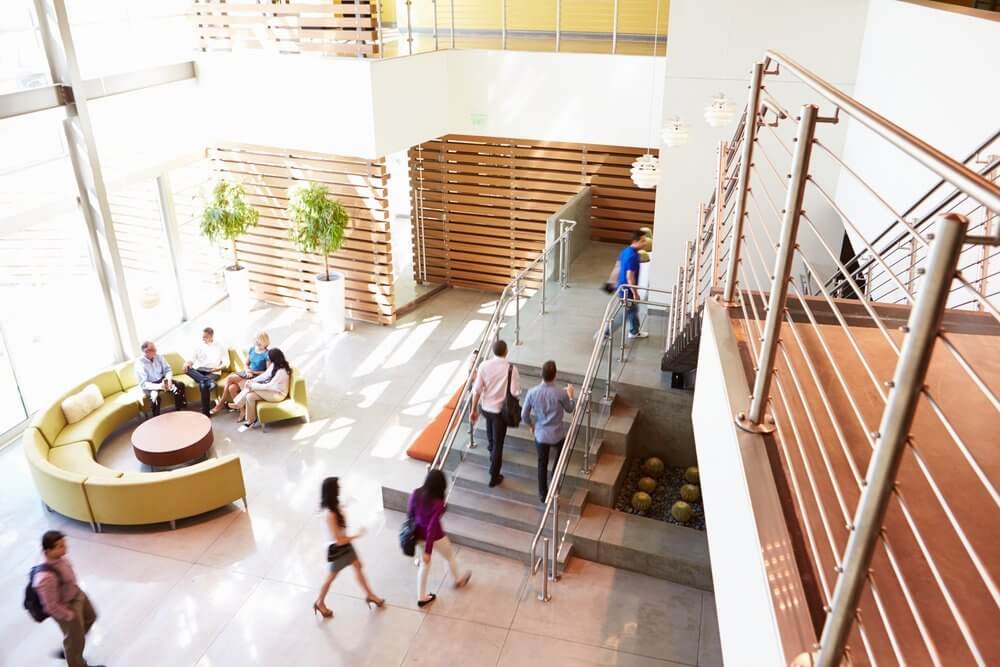
Office design trends can have a significant impact on the people in your workplace and the company as a whole. There are many design trends that permeate offices today: from flex desks to green spaces, new office trends continue to change the way people work.
Facility managers (FMs) can use office design to reiterate core corporate values, promote inter-departmental collaboration and encourage greater productivity. As such, it is important to carefully consider your office’s culture before redesigning the space. Here are some main considerations FMs should keep in mind when deciding which trends to follow.
Assess each team’s specific needs
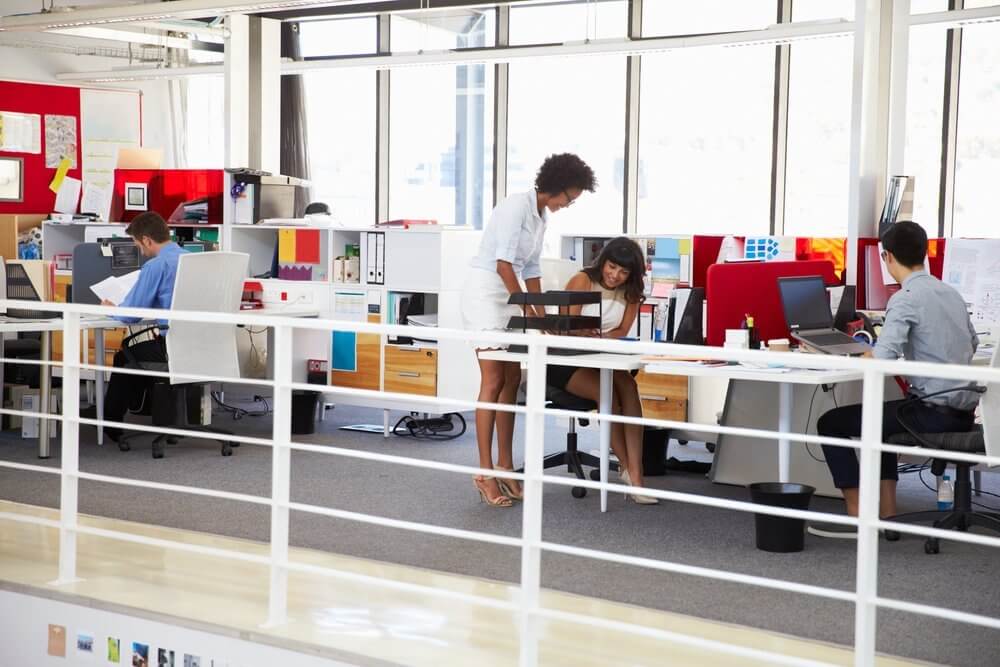
The workplace is meant to serve as a space for productivity. Managers should take the time to understand how design and layout changes will affect teams’ output. Adding more public work areas, for example, may prove helpful for sales teams who need to brainstorm or discuss strategies, but could be distracting for engineering teams who need a quiet workspace to concentrate. Before committing to a design change, facility managers should use a space management tool to create a floor plan of their current layout.
Visualizing how an office change may affect your teams can help you to make design decisions with more confidence and clarity.
When assessing how teams may be affected, be sure to involve your employees. In a study conducted by Gensler, an architect and design firm, nine out of ten respondents reported that workplace design affects their productivity. The study also found that respondents believed that a better-designed working environment would allow them to increase the amount of work they performed by 21%. Figuring out what this means for different departments is a great place to start before jumping on any new design trends.
Choose designs that reflect your culture
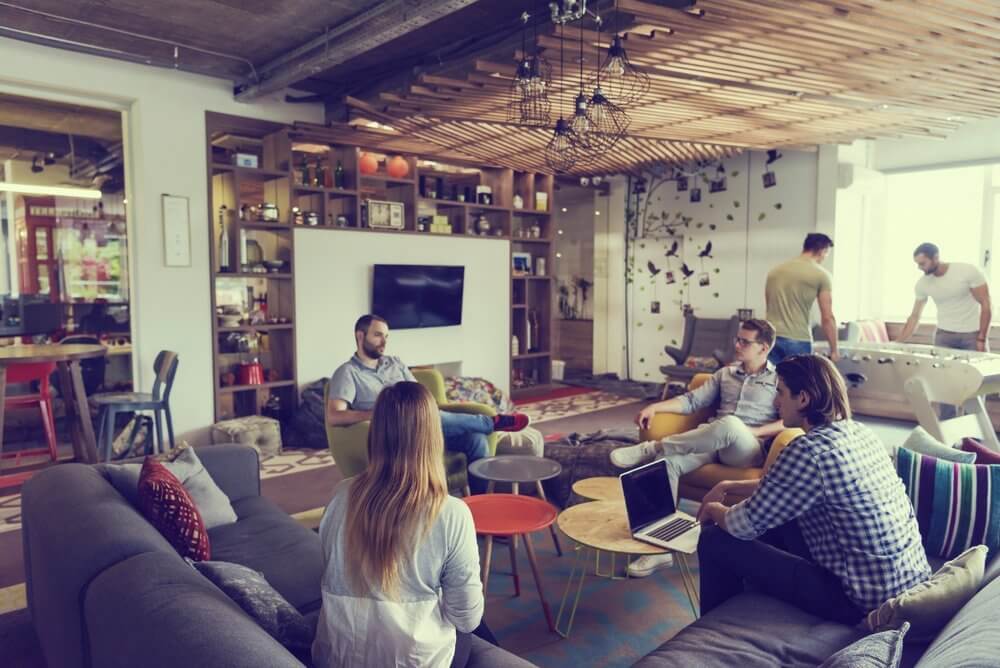
Office culture can be reinforced by its design. As a facility manager, you should ensure that your company’s values are reflected in the design changes you choose. Companies that value strict hierarchies or private work might want to incorporate more closed offices, while companies that value accessibility might want to implement strong wayfinding principles.
Before implementing new designs, facility managers should consider how the changes will affect the way employees and clients view the company. For example, IDEO, a global design company that foregrounds creativity as a central value, reflects this priority in their San Francisco office. IDEO encourages creativity through their office space, which is filled with jars of colorful art supplies, bright murals and personal projects. The office even has a collaborative art piece that employees can contribute to, which is made out of discarded items. By incorporating creativity into the office, IDEO keeps its core company values front-of-mind for both clients and employees.
When choosing your own office design, you should ask: does this trend align with our company’s core values? You may enjoy the look of an open-plan office, but if your industry values privacy and efficiency, you may want to stick to an office design that divides separate work stations. As trendy as a design may be, if it doesn’t encourage productivity for your employees, it’s not worth implementing.
Anticipate future trends and technologies
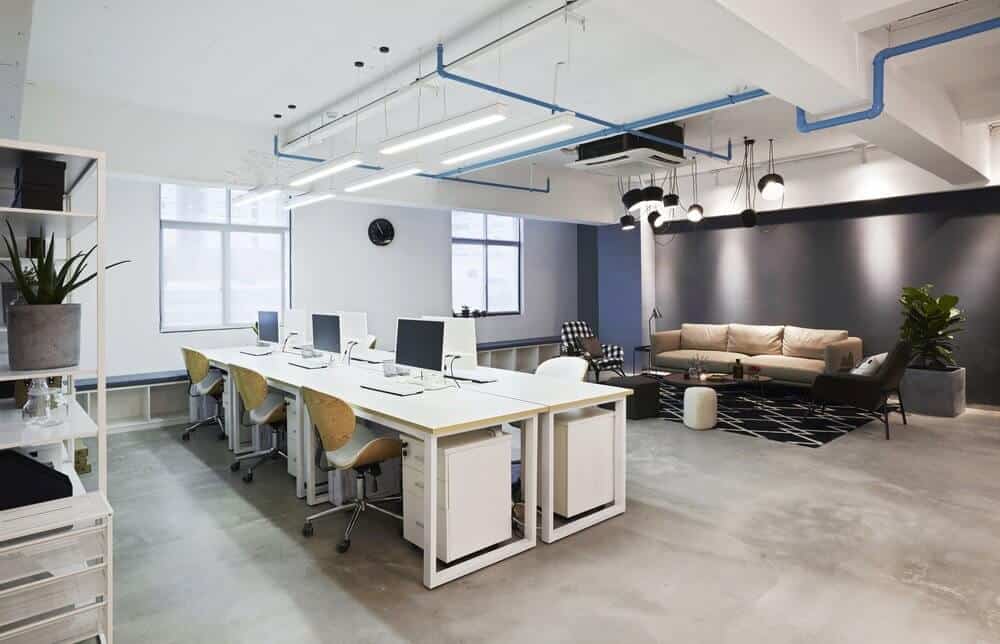
When deciding whether or not to implement a design change, companies also need to anticipate their future needs. Design trends often come alongside industry changes and new developments in work culture. Look for trends that can complement each other to build an office space that feels more streamlined and cohesive.
A strong example of this is the culture of flex work. Companies with strong flex work policies should consider using hot-desking systems and cloud technologies to create a polished work experience for their teams. If a company plans to bring on more flex or remote workers, their design should anticipate the needs of these employees.
Facility managers should also examine how connected technologies might change the workplace in the coming years.
For example, as the Internet of Things changes the ways employees interact not only with each other, but also with inanimate office objects—be it printers or coffeemakers—companies may find that they need to rearrange workspaces to incorporate new technologies. Will you need to add more screens into conference rooms for better video conferencing? Will visitors to the office interact with AI attendants in the waiting room instead of speaking to a front desk? New innovations are changing the workplace faster than we think, and your design should allow for more changes as this happens.
Office design is a complex process that requires the consideration of many technical and social factors. Facility managers must be able to parse away impractical trends and pinpoint the ones that can help their company succeed. By assessing the needs of their teams, the core values of their company and the future technologies they may want to incorporate, FMs can ensure that office designs are aligned with the company’s goals and that they are bettering its corporate culture overall.
Find out more about how the right office management software can make it easier to handle changes to your office layout.
Photos: Shutterstock / Monkey Business Images, Shutterstock / Monkey Business Images, Shutterstock / dotshock, Shutterstock / LI CHAOSHU



